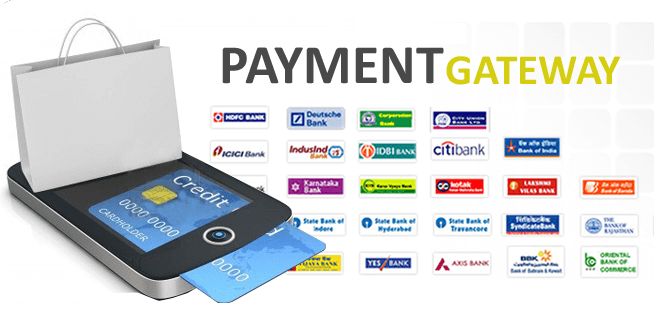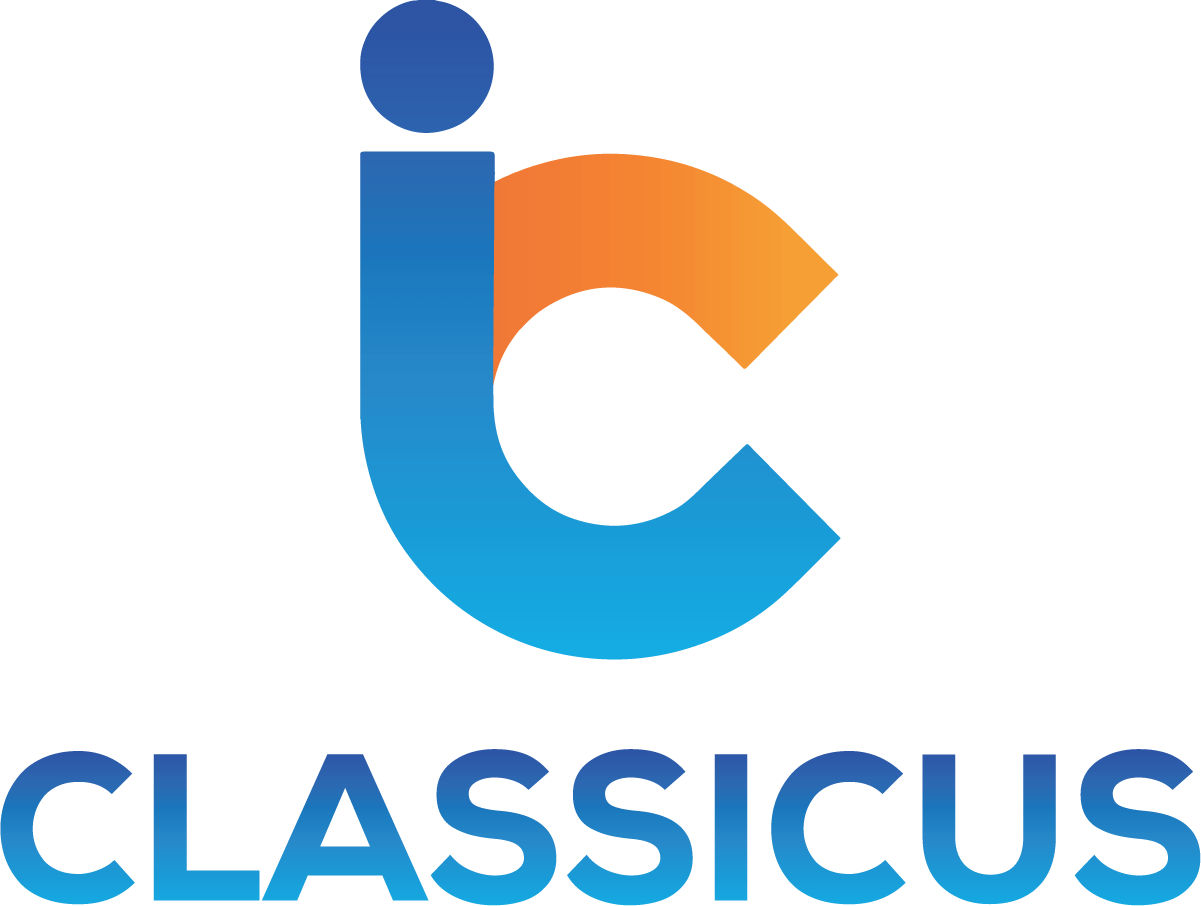
It’s a fact now that mobile shopping is gaining more and more adepts, as people tend to digitalize almost everything they are doing. Whether we’re talking about taxi rides, car rentals, accommodation, Wi-Fi access or simpler things such as clothes and food, mobile payments have become a part of our common lives.
But if you’re a merchant or a developer, most likely you found yourself at least once in the situation of integrating a payment gateway in a mobile app. If you think this is not such an important thing, you might think again. This represents the final step users make when they want to buy something from within an app. There have been lots of situations where shoppers changed their mind when buying things when they encountered even a minor error in the last stage, so this is very important. But let’s have a look at some important things you should take into account when integrating payment gateway in a mobile app.
- Pay attention to alternatives
Try to offer your users as many payment options as you can: perhaps some of them prefer to pay through PayPal, others with the debit or credit card, and others even choose the COD option. If you want to cater to as many users as possible, you should make sure that your app supports different modes of payment. It would be useful to make some research and see which are the payment options most used among your target audience.
- Go for a friction-less method
Some app developers choose a payment gateway in the app, while others go for a web page based on the mobile as a mode of payment. Indeed, if the payment feature is part of the app, it’s easier for a shopper to pay without the friction. Moreover, it’s easier if they can save the debit/credit card details for future payments. On the other hand, a web page optimized for mobile will make them go through several steps until they finish, which is why a friction-less method is better.
- Analytics and statistics
Truth be told, payment gateways may sometimes be really messy when you have to handle them. It’s easy to mistake something when it comes to payment details of several users or even to forget some steps in the way. In order to keep everything under control, it is useful to have constant reports, analytics and statistics to see whether you’re sticking to the plan or not.
- Check the security
Do you have a payment gateway with a PCI-DSS certification? As of now, PCI Data Security Standard is one of the best options when it comes to maximizing security for card holder’s data. You actually need this if you want to make your app trustworthy and to strengthen users’ security. Of course, it is not compulsory, but shoppers will trust your app more if you are certified, since it offers them 100% security when using it.
- Make it easy and fast
In this era, everybody is looking to make a payment process as fast and easy to go through as possible. Nobody likes an app that is slow or worse, that makes the device move slower. These important qualities depend on the SDKs you integrate in the payment gateway or not. Before you choose some of them, you should research those which are famous for offering a fast and easy mode of payment both for users and for apps.
- Quick settlement
If until now you only considered the users and their need when it came to structuring and optimizing the app, make sure you think about yourself too. It’s not only about their preferences and needs, but it’s important that you also ensure a quick settlement, so that you receive the money as soon as possible. Some of the payment gateways need somewhere from 2 to 5 working days in order to make the transfer to your own account, and you might want to make sure this is the best option for you.
- Remember about the cost structure
There are various types of cost structures available on the market currently, such as periodic, one-time or per transaction. For this, you should think well ahead and choose the one that proves to be affordable on the long-term. Moreover, it is extremely important to go for the type of cost structure that doesn’t interfere with the quality of your app.


